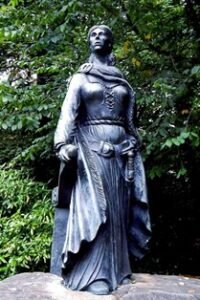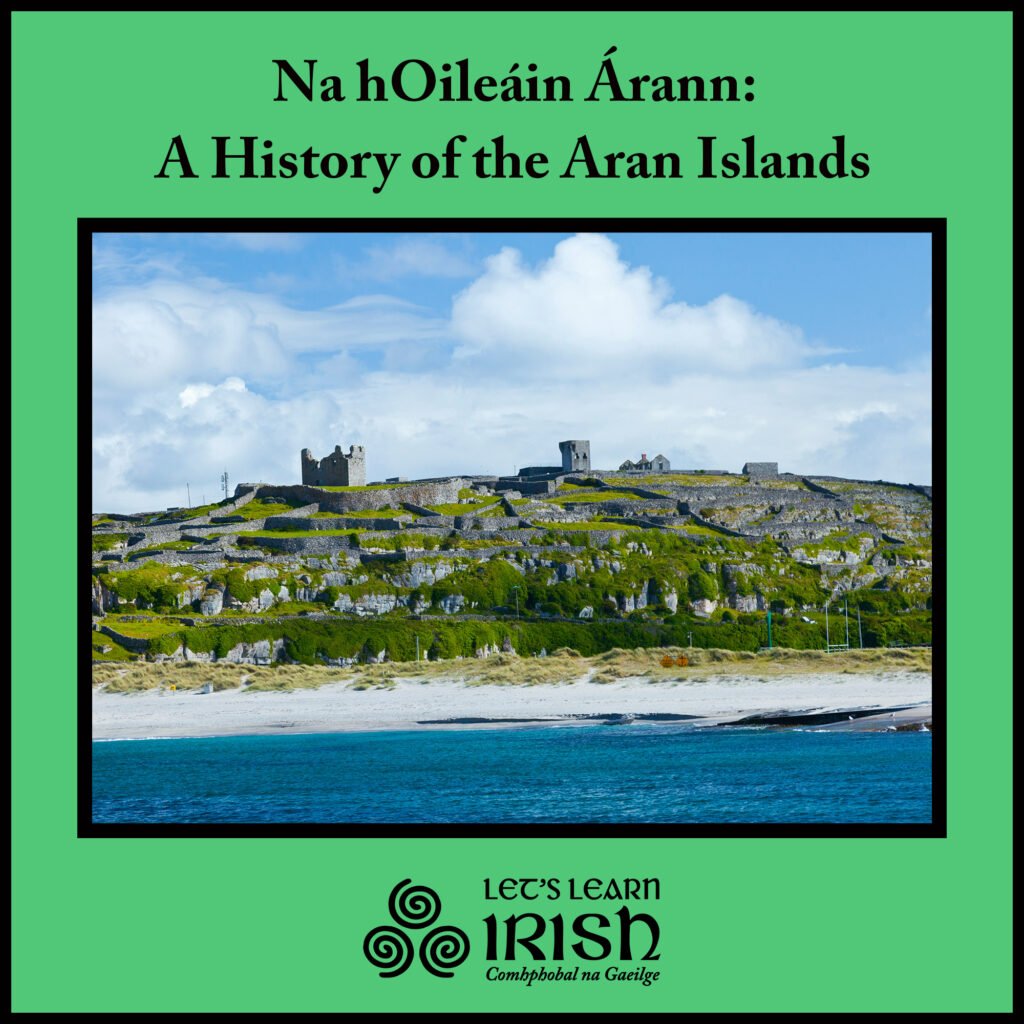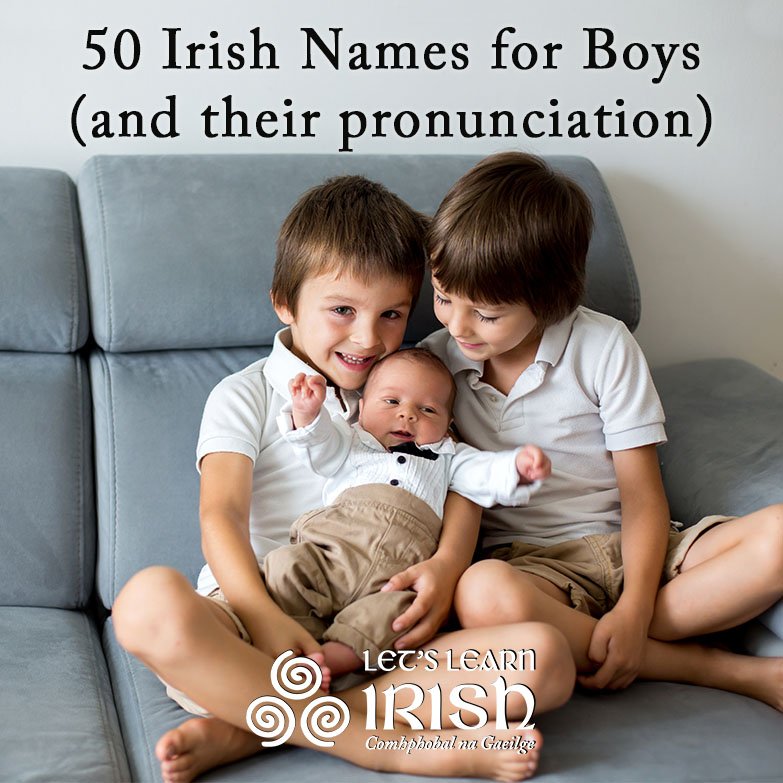Stair na Scéalta and the Living Story
Everything in Ireland is old. You can see it in the castles littering the countryside, feel it in the weathered cliffsides and hear it in the voice of her language, Gaeilge. In studies of European languages, Irish is consistently ranked somewhere in the top five oldest surviving languages in Europe, having evolved from a Celtic language ancestor some 2,000 to 2,500 years ago.

The Irish language has stayed with the island since its birth, surviving through famine, persecution, and war. Irish was the language of song and story, love and mourning of a people for the better part of recorded history. Additionally, it is through Gaeilge that the stories of those people who lived through difficult history are preserved. Look, and you can find songs, poems and stories recounting people’s experiences of the devastation of the Great Hunger, the inter-clan wars of medieval Ireland, the social upheaval of the Protestant Reformation, and of course, each of the many rebellions against British rule.
It was this wealth of literature and music that originally attracted me towards the Irish language. In my senior year of high school, while sifting through a list of recommended songs for something to listen to, I came across an interesting song with a funny title: ‘Óró ‘Sé Do Bheatha ‘Bhaile’. I decided to give it a chance and was immediately hooked.

Óró ‘Sé Do Bheatha ‘Bhaile tells the tale Gráinne Mhaol (or Grace O’Malley, as she was known in England), an Irish pirate queen of Connacht who stood up to and resisted Queen Elizabeth I of England and the growing British Empire. The song is written from the perspective of common Irish people under British rule, praising Gráinne and hoping that she and her army would come to free them. I distinctly remember listening to that song for hours on end, trying to learn the words phonetically, being confused as to how ‘bh’ could be pronounced both as a ‘v’ and a ‘w’, and using Google Translate to piece the meaning together word by word (and failing miserably!).
Throughout high school, I’d wanted to learn a language of some kind, but between bad Spanish teachers, contemptuous French Canadians, and impossibly complicated Latin verbs, I’d been pretty thoroughly burned out on the idea. Then, Irish came along, and I haven’t regretted my decision to learn Gaeilge once.

The grammar is difficult, but not so difficult as to make me rip my hair out, unlike Latin. The community of Irish learners is incredibly welcoming, always supportive and full of some amazing people. The one big problem I ran into was trying to find a teacher. Originally, I taught myself with a mix of Duolingo, Youtube, and Google Translate, but there’s only so far you can go with those, and eventually you will need to practice actually speaking to others in the language you are trying to learn. I found this out the hard way when I took a study abroad trip to Ireland and was barely able to mutter more than ‘Tá mé go maith’ (I am good). I needed a teacher.
 Being a poor university student at the time, I wanted to make sure any money I sank into Irish classes would be worth it. When I found Let’s Learn Irish, I immediately signed up for their Free Monthly Workshop – something no other online Irish group I had looked at had offered. The effects on my Irish skills were instantaneous and almost miraculous. Very soon I was speaking confidently with other learners at my level and learning at a rapid pace.
Being a poor university student at the time, I wanted to make sure any money I sank into Irish classes would be worth it. When I found Let’s Learn Irish, I immediately signed up for their Free Monthly Workshop – something no other online Irish group I had looked at had offered. The effects on my Irish skills were instantaneous and almost miraculous. Very soon I was speaking confidently with other learners at my level and learning at a rapid pace.
Still, the best thing to come out of my Irish learning experience so far has been the realization that now, as a burgeoning Gaeilgeoir, I can be part of the continuing legacy of storytelling that is being kept alive by the community. Not only do I have the ability to keep the old stories going by relating and discussing them with other Irish speakers, but I have the ability to write my own works and potentially have my own experiences join the body of Irish oral and written history stretching back thousands of years. So, here is my first submission to that body of literature – a poem I wrote upon my departure from Ireland:
Slán le hÉireann Ghlas,
Le gleannta saora geala,
Le haibhneacha tapa gorma,
Ach ní fheicfidh mé í riamh arís.
Slán le hÉireann Ghlas,
Le ceol binn na ghaoithe,
Le píobaí ag seinm trí na gleannta,
Ach ní chloisfidh mé í riamh arís.
Slán le hÉireann Ghlas,
Le cailín rua ag damhsa,
Le cailín álainn ag gáire,
Ach ní bheidh mé léi riamh arís.
Join the online Irish community for cúrsaí, comhrá & ceardlanna, and follow along on social media @LetsLearnIrish – beidh fáilte romhat!





